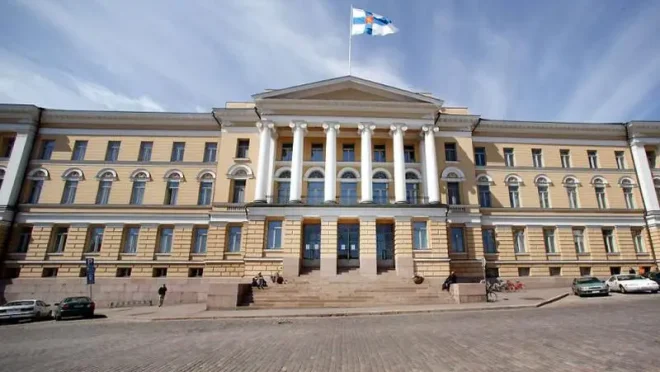Education around the globe: Finland
Education around the globe: Finland

What was the most boring part of our childhood and teenage years? Definitely exams. What if I tell you there is actually a place in the world where exams don’t exist? The twist is that still the education of that place is thriving and how. That place is none other than the land of thousands of lakes, Finland.
Education in Finland
In a global context where the survival of the fittest approaches are prominent in education, Finland has much more to offer. While the other countries focus on competitive culture and tests, Finland focuses on establishing equity, teacher autonomy, and a system that develops the child’s whole personality.
Equity in education
Finland’s education system has frequently been considered among the best in the world. It is based on the idea that less is more. There are no public or private school theories in the Finnish education system.
Different students, having diversified upbringings and coming from different backgrounds, receive the same opportunities in this holistic education system. Unlike most parts of the world, students in Finland start their education much later. The official age of starting education is seven in Finland. This gives the students a lot of opportunities to think and play in the early years of their lives. As a result, free thinking and creativity are showcased in Finnish citizens.
Unconventional role of Teachers
There are actually two main stakeholders in the education system. The students and teachers. But naturally the teachers’ high status and professional autonomy are important pillars of Finnish education.
Every teacher must hold a master’s degree, and they are allowed a great deal of latitude in creating their own curriculum and instructional strategies to best suit the requirements of their students. Standardised testing and ongoing supervision are less necessary when teachers’ knowledge is trusted.
Learning method and tests
High-stakes tests are not the main focus. Individual comments and ongoing evaluation are used to evaluate students instead. This fosters a more innovative and cooperative learning environment by lowering the stress and strain that are frequently connected to education. Instead of encouraging a fear of failing, the method cultivates a passion for learning. Compared to their classmates in many other nations, students in this country have shorter school days and less homework, which frees up more time for rest and extracurricular activities.
Finland vs world
Asia and North America have educational systems that mainly rely on rote memorisation and standardised assessment. Under these systems, a student’s achievement on a single, crucial test is frequently used to gauge their level of success.
Students and parents may experience a great deal of stress as a result, as well as a highly competitive setting. For instance, children in South Korea and China frequently attend “cram schools,” which are after-school tutoring programs, and put in long hours at school due to their rigorous academic environments.
In South Asia, coaching, tutoring and private schools make the education system more complex and monotonous and a show-off of power status. This environment and constant competition increase stress and burnout, resulting in mental fatigue and anxiety, as well as health hazards.
Resources allocation
The other side of the story is that Finland is a developed country. So, they have enough resources to utilise and run a system that they have set in the country. But unfortunately, many lower developing countries lack resources, such as qualified teachers, suitable school facilities, and fundamental educational materials.
So, even education is a luxury for them, let alone ensuring the quality. Without the vision and proper resources, many country students suffer in the rot of just running behind a degree and finally accepting unemployment. This actually takes away the opportunity for meaningful thought and the work that should have been completed.
Final word
But the credit has to be given to Finland. As most of the developed and first-world countries use the education system to make their own ideologies puppets or compel students to suffer through an unhealthy educational system, Finland stands different in this regard.
The contrast reveals a fundamental philosophical difference: is the goal of education to rank people and pick the best through competition, or to provide every individual with the skills and information required to flourish in society?
The Finnish model emphasises the latter, emphasising well-being and lifelong learning over exam results.


